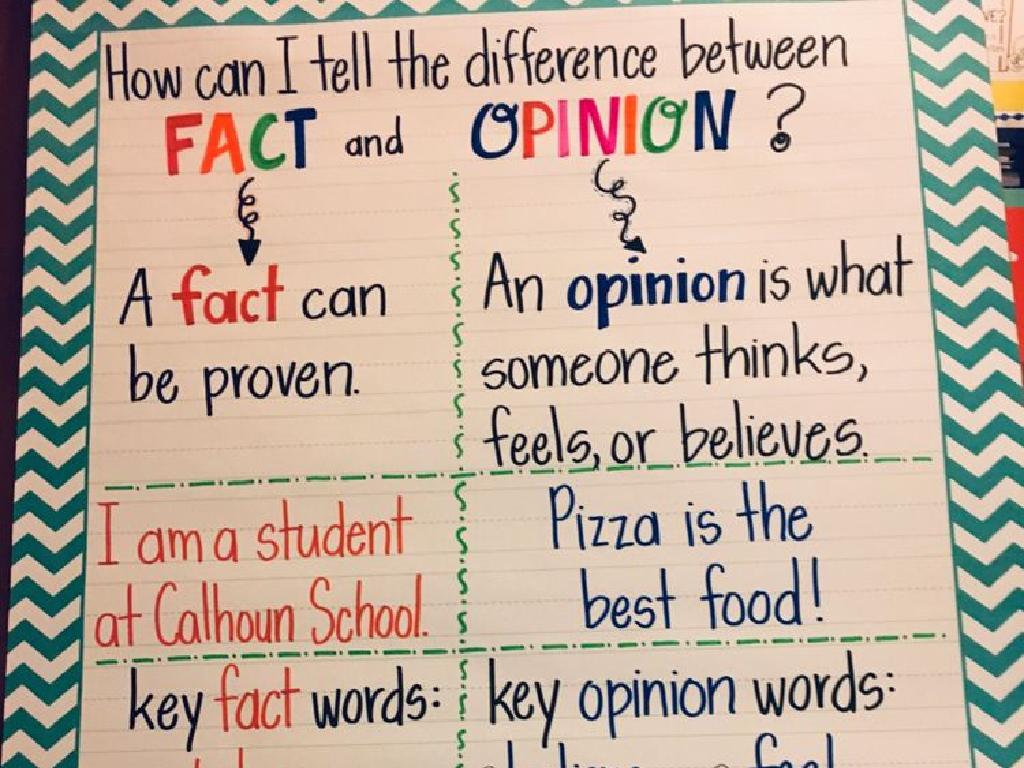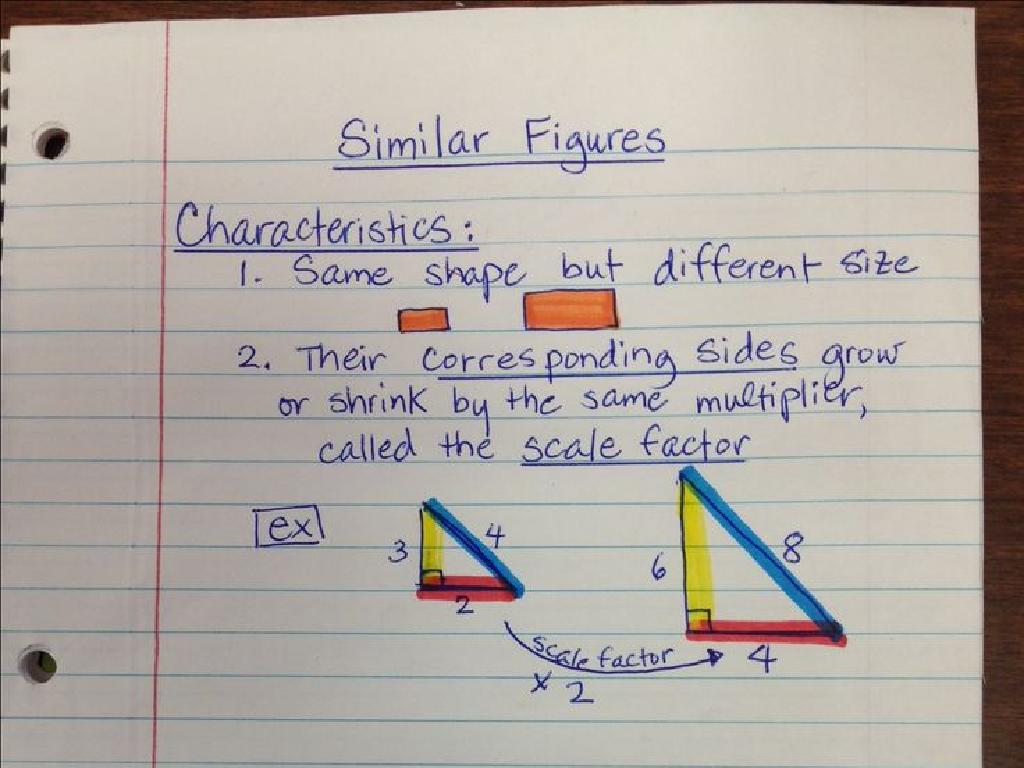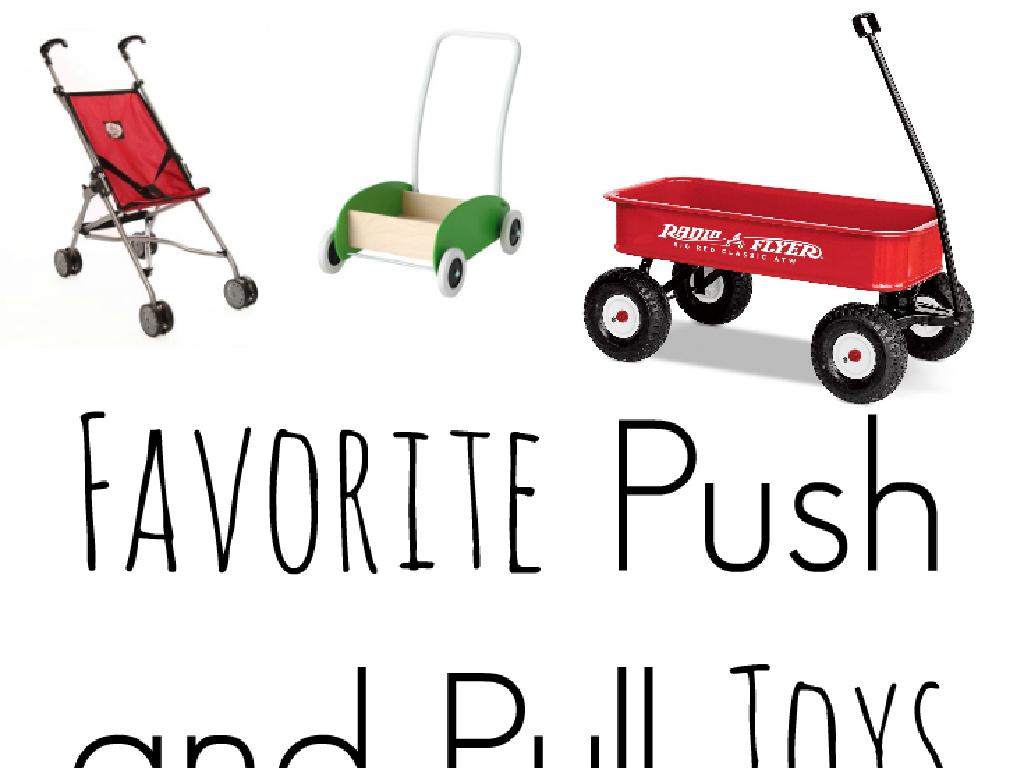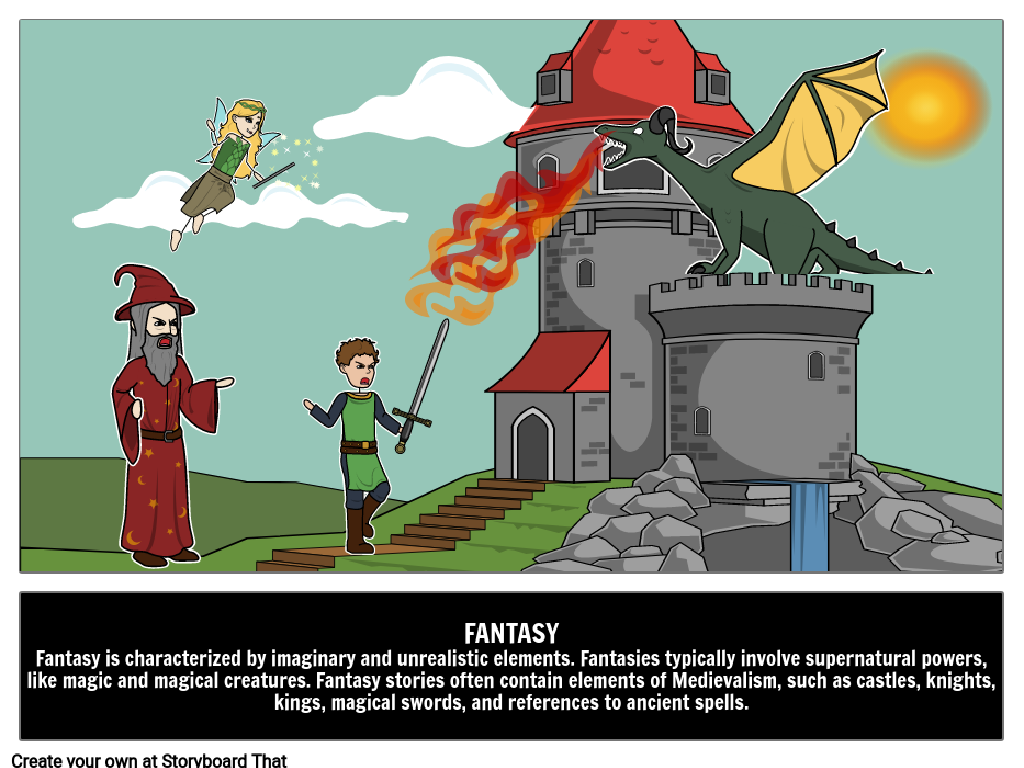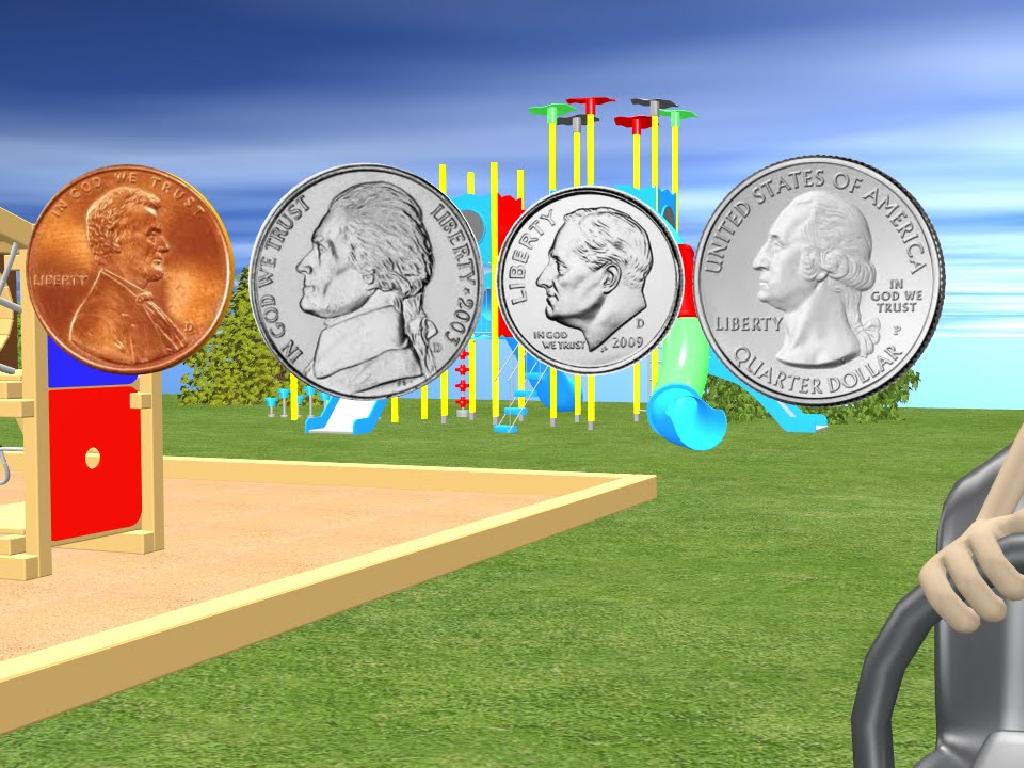Use The Correct Homophone
Subject: Language arts
Grade: Sixth grade
Topic: Homophones
Please LOG IN to download the presentation. Access is available to registered users only.
View More Content
Introduction to Homophones
– Define homophones
– Words that sound alike but have different meanings and spellings, e.g., ‘to, two, too’.
– Common homophones examples
– ‘Their’ vs. ‘there’, ‘break’ vs. ‘brake’, ‘flower’ vs. ‘flour’.
– Importance of correct usage
– Using the right homophone ensures clear and correct communication.
|
This slide introduces the concept of homophones to the students, emphasizing the importance of their correct usage in written language. Start by defining homophones and giving clear examples. Highlight how they can change the meaning of a sentence if used incorrectly. Encourage students to think of homophones they already know and use them in sentences. Discuss why it’s important to choose the right homophone to avoid confusion and ensure that their writing is understood as intended. Provide additional examples and practice exercises to reinforce learning.
Homophones We Know: Review and Share
– Review previous homophones
– Pair and share activity
– Think of homophones and discuss with a partner
– Class brainstorm session
– Share your pairs and add to the class list
– Compile a homophones list
|
Begin the slide by reviewing homophones that have been covered in previous lessons to refresh students’ memory. Move on to the ‘pair and share’ activity where students will work in pairs to think of as many homophones as they can and discuss the meaning of each. Following this, conduct a class brainstorming session where students can contribute their homophones to create a comprehensive list on the board. This interactive approach helps reinforce their understanding of homophones and allows them to learn from each other. The teacher should facilitate the discussion, ensuring that each pair has the opportunity to contribute, and guide students towards correct usage of homophones. The list created will serve as a visual aid and reference for students in their future writing.
Mastering Homophones in Context
– Understanding homophones in sentences
– Homophones sound the same but have different meanings and spellings, like ‘to, two, too’.
– Using context clues for correct homophones
– Clues in a sentence help us choose the right homophone, such as ‘their’ vs. ‘there’.
– Interactive fill-in-the-blanks activity
– ‘They’re going to the park.’ Which ‘to’ fits here? Let’s find out together!
|
This slide is aimed at helping students understand and practice the use of homophones within the context of sentences. Begin by explaining what homophones are and provide clear examples. Emphasize the importance of context clues in determining the correct homophone to use. Engage the class with an interactive activity where they fill in the blanks with the right homophone. This will not only make the learning process fun but also reinforce their understanding through practice. Encourage students to explain their choices to foster critical thinking. Prepare a list of sentences with missing homophones for the activity, ensuring a variety of examples to cover common homophones.
Mastering Homophones: Their, There, They’re
– Understanding ‘their’, ‘there’, ‘they’re’
– ‘Their’ shows possession, ‘there’ indicates place, ‘they’re’ is a contraction for ‘they are’.
– Group activity: Craft sentences using all three
– Work together to make sentences that correctly use ‘their’, ‘there’, and ‘they’re’.
– Common errors with homophones
– Mixing up these homophones can change the meaning of a sentence.
– Tips to avoid mixing them up
– Remember the context: possession, place, or ‘they are’.
|
This slide introduces students to the homophones ‘their’, ‘there’, and ‘they’re’, explaining their distinct uses and meanings. ‘Their’ is used to indicate possession (e.g., ‘Their books are on the table.’), ‘there’ refers to a place or position (e.g., ‘The books are over there.’), and ‘they’re’ is a contraction of ‘they are’ (e.g., ‘They’re reading their books over there.’). The group activity encourages collaborative learning, where students create sentences that incorporate all three homophones, reinforcing their understanding through practice. Highlight common mistakes, such as using ‘there’ for possession or ‘their’ for the contraction, and provide tips to help students remember the correct usage. For example, associate ‘their’ with ‘heir’ to remember possession, ‘there’ with ‘where’ for place, and ‘they’re’ with ‘air’ to recall the contraction. This interactive approach to learning homophones will help students use them correctly in their writing.
Homophones: Your vs. You’re
– ‘Your’ shows possession
– Example: Is this your book?
– ‘You’re’ is a contraction for ‘you are’
– Example: You’re going to love this game!
– Write sentences using both words
– Exchange work for peer review
|
This slide introduces the homophones ‘your’ and ‘you’re’ to the students. ‘Your’ is used to indicate possession, something belonging to you. ‘You’re’ is a contraction of ‘you are’ and is used accordingly. Students are tasked with writing two sentences to demonstrate their understanding of the difference between the two. After writing, they will engage in a peer review activity where they exchange their sentences with a classmate to check for correct usage. This activity encourages attention to detail and reinforces the lesson through collaboration. For the teacher: Prepare to assist students who may have difficulty and provide additional examples if necessary. Encourage students to explain why a sentence is correct or incorrect during the peer review to deepen their understanding.
To, Too, Two: Mastering Homophones
– Understanding ‘to’, ‘too’, ‘two’
– ‘to’ is for direction, ‘too’ means also, ‘two’ is a number
– Play ‘Homophone Relay’ game
– Race to write the right homophone for given sentences
– Learn strategies for remembering
– Use mnemonic devices or word associations
– Practice makes perfect
|
This slide introduces students to the homophones ‘to’, ‘too’, and ‘two’, explaining their different usages. ‘To’ is often used as a preposition or a part of an infinitive verb, ‘too’ is used to mean ‘also’ or to indicate excessiveness, and ‘two’ is the number after one. Engage the class with the ‘Homophone Relay’ game where students race to write the correct homophone on the board after hearing a sentence. Discuss strategies to remember the differences, such as mnemonic devices or associating each word with a specific image or situation. Encourage students to practice using these words in sentences to reinforce their understanding. The teacher should prepare sentences for the game and consider pairing students to promote teamwork.
Homophone Hunt: Practice Activity
– Engage with interactive homophone exercises
– Class activity: Worksheet fill-in-the-blanks
– Find the right homophones for each sentence
– Group discussion of worksheet answers
– Share your answers and learn from others
– Address any questions or confusions
– A chance to clear up any misunderstandings
|
This slide introduces an interactive class activity focused on homophones. Begin with engaging exercises that allow students to practice using homophones in different contexts. Distribute a worksheet with sentences containing blank spaces where students will fill in the correct homophones. After completing the activity, facilitate a group discussion where students can compare answers and explain their choices. This is an opportunity to clarify any confusion and reinforce the correct usage of homophones. As a teacher, be prepared with additional examples and common homophone pairs to ensure a comprehensive understanding of the topic.
Homophone Story Challenge
– Write a story with homophones
– Include pairs like ‘pair’ and ‘pear’
– Share with your group
– Discuss the stories in small groups
– Group votes on creativity
– Each group picks the most creative story
– Accuracy in homophone usage
– Use homophones correctly in sentences
|
This class activity is designed to enhance students’ understanding and application of homophones in a fun and interactive way. Students will write their own short stories, incorporating as many homophones as they can. After writing, they will share their stories in small groups, allowing them to hear different uses of homophones. Each group will then vote on the story that they found to be the most creative and that made the most accurate use of homophones. This activity not only encourages creativity but also careful listening and peer assessment skills. As a teacher, facilitate the activity by providing examples of homophones, monitoring the groups as they share, and helping them understand the importance of context in choosing the correct homophone. Possible activities for different students could include illustrating their stories, creating homophone puzzles, or even writing a homophone poem.
Review and Reflect: Homophones
– Importance of correct homophones
– Using the right homophone ensures clear communication.
– Reflect on today’s homophone lessons
– Think about how homophones can change sentence meanings.
– Quick quiz on homophones
– I’ll read sentences; you’ll choose the right homophones.
|
This slide aims to consolidate the day’s learning on homophones. Emphasize the importance of choosing the correct homophone to avoid confusion in written communication. Encourage students to reflect on the examples and rules discussed in the lesson. The quick quiz will involve reading sentences aloud and asking students to identify the correct homophones from a set of options. This interactive activity will help assess their understanding and reinforce their learning. Prepare a list of sentences with common homophones and their alternatives for the quiz, ensuring a mix of difficulty levels to cater to all students.
Homophone Hunt Activity
– Engage in a classroom scavenger hunt
– Find homophones in our classroom
– Look for homophones in books, posters, and labels
– Write down each homophone pair
– Discuss our homophone discoveries
– Share findings with the class and learn
|
This slide introduces a fun and interactive class activity designed to reinforce the concept of homophones. Students will search the classroom for homophones found in various texts and visual aids. They should write down the pairs of homophones they find, such as ‘flower’ and ‘flour’ or ‘sea’ and ‘see’. After the hunt, students will come together to discuss their findings, allowing them to learn from each other and solidify their understanding of homophones. For the teacher: Prepare a list of homophones that can be found in the classroom in advance. Consider creating a worksheet for students to record their findings. After the activity, facilitate a discussion that allows students to explain the meaning of each homophone pair they found. This will help assess their understanding and provide a platform for correcting any misconceptions.

